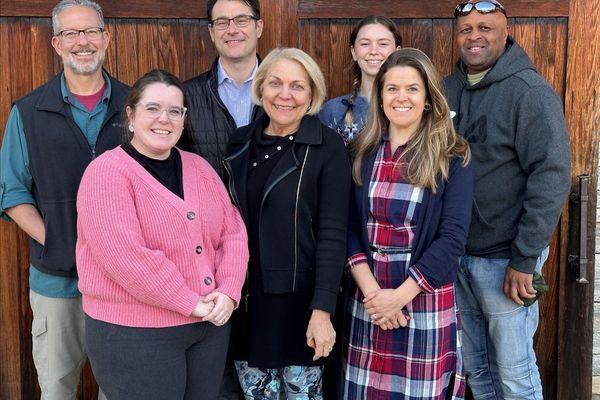In 2009, Furman University committed to a comprehensive sustainability plan called Sustainable Furman. The plan set a deadline of 2026 to expand sustainability education, improve campus sustainability culture and achieve net-zero greenhouse gas emissions. The university is proud of the progress it has made so far, but it also recognizes that the plan’s goals are too difficult to fulfill in the next three years. President Elizabeth Davis even admitted in a recent speech, "Will we reach this ambitious goal? We will not. But neither will we back away from it."
Sustainable Furman was co-authored in 2009 by Furman’s Sustainability Planning Council to help the university meet the American College and University Presidents Climate Commitment that President David E. Shi signed in 2007. This commitment required the university to track emissions and create a climate action plan to achieve carbon neutrality by a date set by the university. The council wrote Sustainable Furman with the aspirational goal of achieving carbon neutrality by 2026, Furman's bicentennial.

Since committing to the 2026 goal the university has reduced net emissions by 38% among numerous other accomplishments towards sustainability. However, many external and internal factors have slowed Furman’s progress towards the ultimate goal of carbon neutrality. As 2026 quickly approaches and we realize we will not meet our goal, entities such as the Shi Institute for Sustainable Communities and the Department of Earth, Environmental and Sustainability Sciences have begun to reassess the 2009 commitment.
The Shi Institute’s history is deeply ingrained with the development and execution of Sustainable Furman, making it a key facilitator of Furman’s sustainable goals. Laura Bain, Associate Director of Sustainability Assessment at the Shi Institute, noted that the Shi Institute is “a catalyst for sustainability on and off campus,” and emphasized that “it is critical to have students engaged along the way.”
The Shi Institute was influential in facilitating the introduction of the Natural World general education requirement, which has ensured every student receives education related to the planet. Additionally, the Shi Institute facilitates an on-campus learning lab at the Furman Farm, Furman Lake, Furman’s solar panel installations and other locations. When interviewed, Laura Bain shared enthusiasm for the opening of applications (due Monday) for the recently expanded summer fellows program, which places students in paid opportunities with partner organizations to complete important and impactful sustainability work.

As we approach 2026, The Shi Institute is working with the senior administrative team to renew Furman’s sustainability goals with a re-envisioned climate action plan. In 2022, Chloe LaPorte devoted her senior thesis to investigating Furman's progress towards its climate neutrality goals to develop a new plan. LaPorte's plan sets a new goal of neutrality by 2035 and outlines various solutions the university can implement to achieve net zero emissions, but it has not been officially adopted by the university. Bain informed us that the plan has been presented to the senior administrators and has restarted the conversation around Furman's climate action plan.
Sustainability continues to become an increasingly critical issue for students, a phenomenon that Furman recognizes. Bain noted that Furman has “a strong foundation in sustainability.” As Furman prepares its strategic plan for the next few years, expect to continue to hear more about sustainability.
